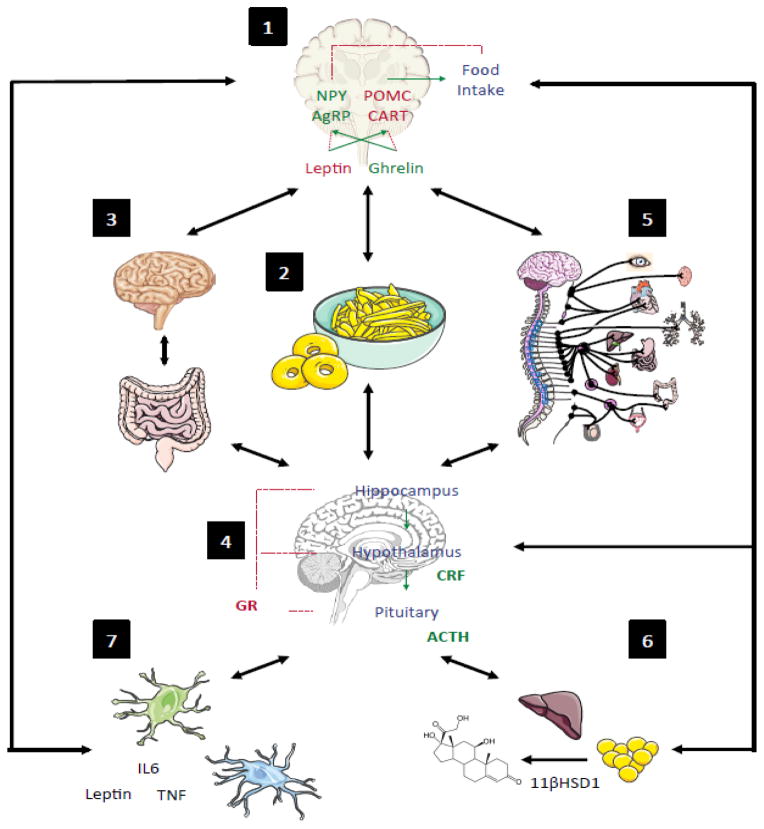Figure 1. Disruptions to Energy homeostasis Alter the Stress Response through Multiple Mechanisms.
States of disrupted energy availability, such as hypoglycemia or obesity, can result in an impaired stress response in seven key areas. A dysfunctional response to the neuroendocrine stimulus to feed (1) may result states of energetic stress such as obesity or hypoglycemia (2), which further drives changes in the gut-brain axis (3), hypothalamic-pituitary-adrenal (HPA) axis activity (4), and sympathetic nervous system (SNS) drive (5). HPA axis SNS activity alters activity of glucocorticoids in adipose tissue (6), which feeds back to regulate feeding drive. In addition, both the HPA axis and gut-brain axis influence the immune system (7), which further alters stress reactivity and metabolic drive. Interactions among each of these elements are bidirectional and further clarified in Table 1.

